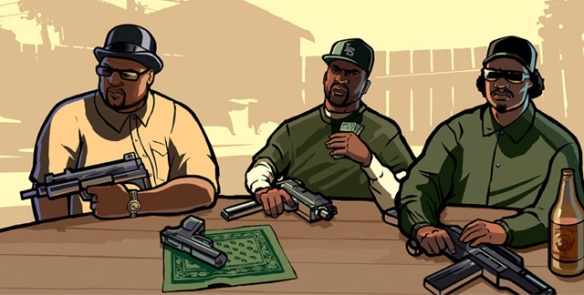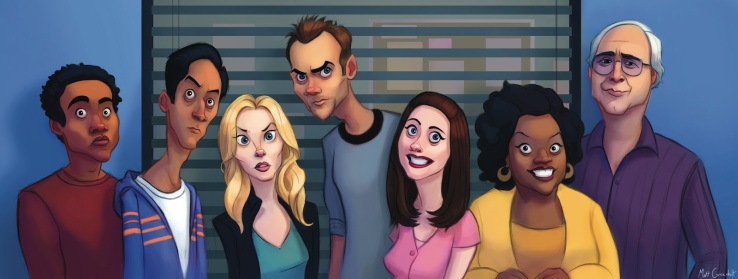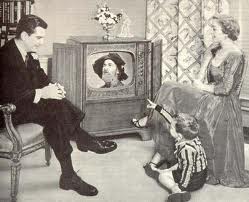I recently did something illegal and for the first time I can actually say the government made me do it without it being a convenient lie used to pass blame onto someone else. That’s right I did something outrageously rebellious and it was all because of censorship.
Let me start of by saying that before South Park the Stick of Truth’s release in Australia, I had full intention of legitimately purchasing that game and was in fact eagerly awaiting its release. That was until I found out that the Australian version of the game, despite the introduction of an R18+ rating, had been edited to meet so called moral standards. Well I certainly was not going to pay full price for a game that had content removed because someone deemed it too inappropriate for my 21 year old self to handle. So I did the only logical thing to do in that situation and downloaded the full version for free off the internet. Sorry gaming industry I wanted to give you my money, I really did.
The R18+ category was a much needed step in the right direction for Australia considering the average age of the Australian gamer is 32 and 76% of our gamers are aged 18 and over. (Interactive Games & Entertainment Association)
This meant that people over the age of 18 living in Australia were restricted to playing games suited to 15 year old’s and younger. To me this just seems ridiculous. Especially when other media industries like film are not nannied in this way. Adult gamers were literally being treated like kids and being told what is too mature for them all because the government failed to recognise the gaming industry as little more than a form of children’s entertainment. On top of this, due to the lack of an 18+ rating, several games made it into the M15+ category that in all honesty really shouldn’t have.
It’s a win for the gamers who wanted to have the opportunity as adults to purchase these games, but it’s also a win for parents because they can be more confident that games that are age-inappropriate will not be available to people under 18.
I remember when I was younger how much I wanted GTA San Andreas. I convinced my mother who knew nothing about games to buy it for me. Eventually she saw me playing it after months of strategically hiding it from her and lets just say she was furious. However by that point it was too late. I’m fine by the way, not emotionally scarred by any means, not violent, not a criminal, not even drug or sex addicted; What a shock! But in all fairness I probably shouldn’t have been playing it.
So what about now? I thought the introduction of an 18+ rating was supposed to prevent the banning of games but here I am downloading games illegally because the government won’t let me play them. I am a consenting adult and yet I am still restricted in the content I am allowed to expose myself to because of where I live.
This reminds of Hägerstrand’s Constraints Theory discussed in an earlier post of mine. My actions or ‘movements’ within the realm of space and time were impacted upon by the constraint of authority that existed due to my location.
The whole situation also makes me think back to my time learning about Mills Harm Principle in my philosophy class. This principle suggests that ‘The only purpose for which power can be rightfully exercised over any member of civilized society, against their will, is to prevent harm to others. Their own good, either physical or moral, is not sufficient warrant’. What this means in terms of video gaming is that people should have to right to expose themselves to as much gratuitous violence, sex, drugs or profanity as they please because people have the right to determine what does and does not harm them. The issue with gaming is people have the conception that the interactive nature of playing games somehow has more of an influence than passively watching a film or listening to music.
For example Saints Row 4 was refused classification in Australia because it associated the in game taking of illicit drugs with incentives or rewards such as speed boosts and super strength. Meanwhile, the movie Limitless centers around characters receiving a massive IQ boost, and all the perks that go along with it, from an illegal drug and made it through classification just fine. The hypocrisy here seems to imply that there is a perceived difference between the mature content shown in video games and the mature content shown in movies.
It is for this reason why several scenes were cut from Stick of Truth. The classification board felt that the showing of anal probing after being abducted by aliens promoted sexual violence towards children in real life. Um OK then.
After playing the whole game, I can see why the scense were considered so controversial but I don’t feel particularly influenced by them. All and all I can definitely see why the game needed an R18+ rating which I think is fine as long as that restriction is enforced but what I cant seem to understand is why the censors believe those scenes were inappropriate compared to the rest of the game.
References
Cushing, T 2013, Australian Government Finally Begins Treating Gamers Like Adults; Approves New ‘R18+’ Rating, Tech Dirt, weblog post, 4 January, viewed 29 September 2014, <https://www.techdirt.com/articles/20130103/12514221573/australian-government-finally-begins-treating-gamers-like-adults-approves-new-r18-rating.shtml>.
Corbett, J 2001, Torsten Hägerstrand: Time Geography, Center for Spatially Integrated Social Sciences, viewed 29 September 2014, <http://www.csiss.org/classics/content/29>.
gfunk101, 2014, The Australian Government VS South Park: The Stick of Truth, House of Geekery, weblog, 26 April, viewed 29 September 2014, <http://houseofgeekery.com/2014/04/26/the-australian-government-vs-south-park-the-stick-of-truth-2/>.
Interactive Games & Entertainment Association 2014, Digital Australia 2014, Bond University: Faculty of Humanities and Social Sciences, viewed 29 September 2014, <http://www.igea.net/wp-content/uploads/2013/11/Digital-Australia-2014-DA14.pdf>.
Polites, H 2013, Why R18+ ratings are still a losing game, Technology Spectator, weblog post, 12 July, viewed 28 September 2014, <http://www.businessspectator.com.au/article/2013/7/12/technology/why-r18-ratings-are-still-losing-game>.


































